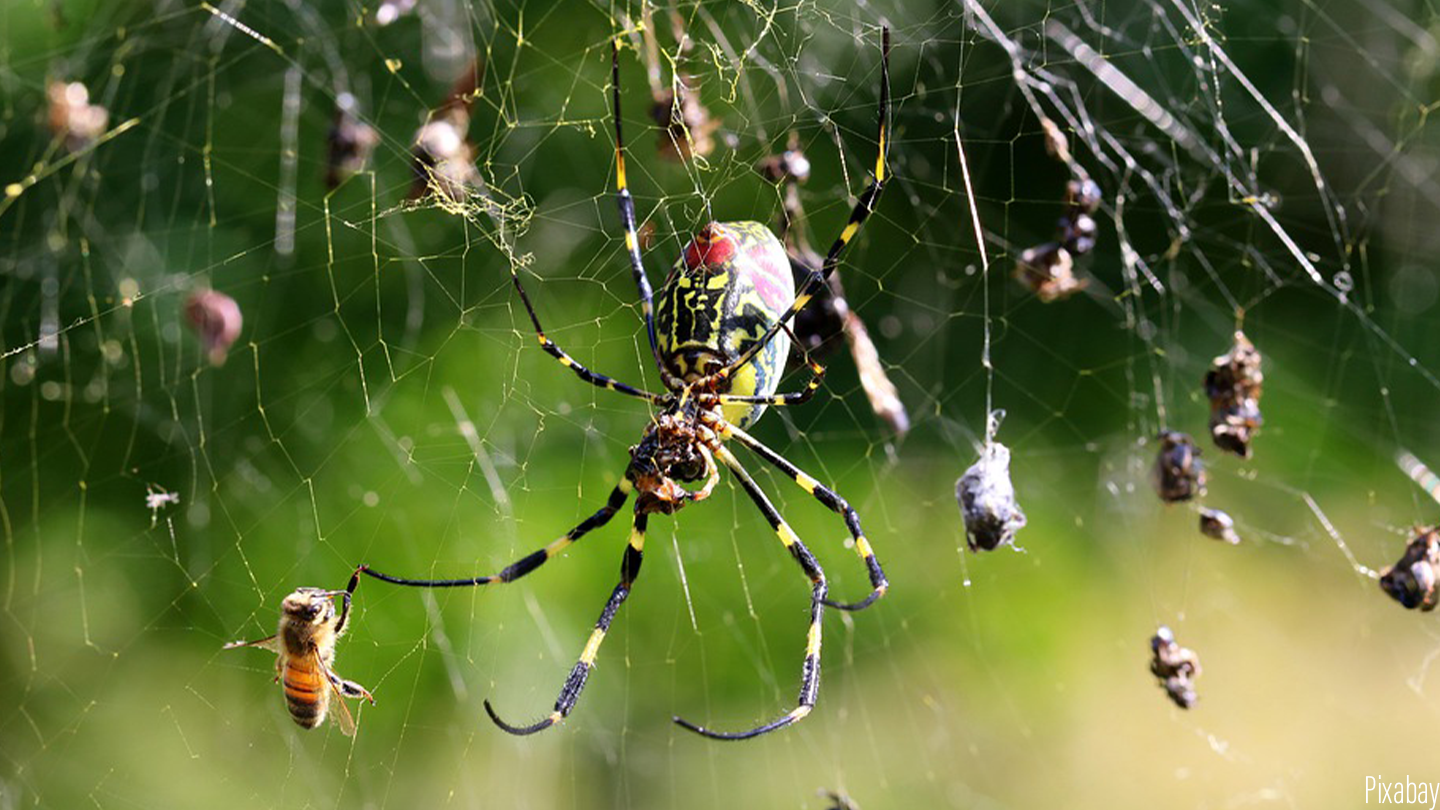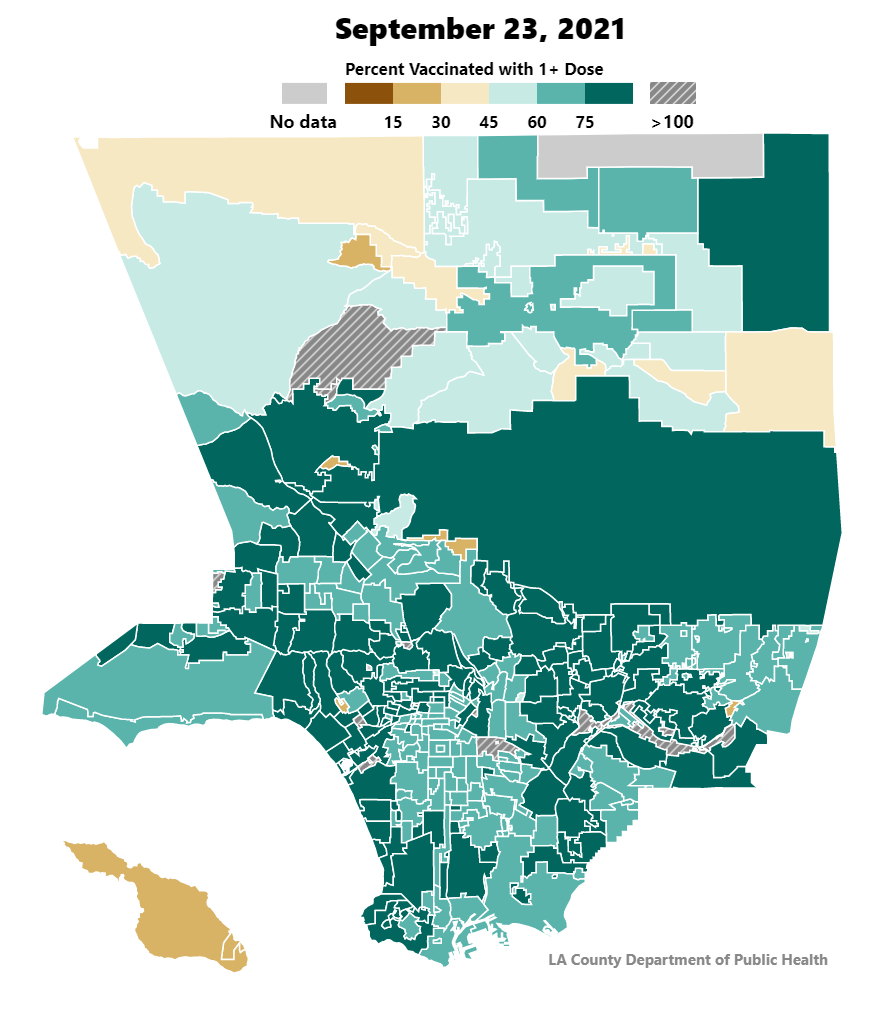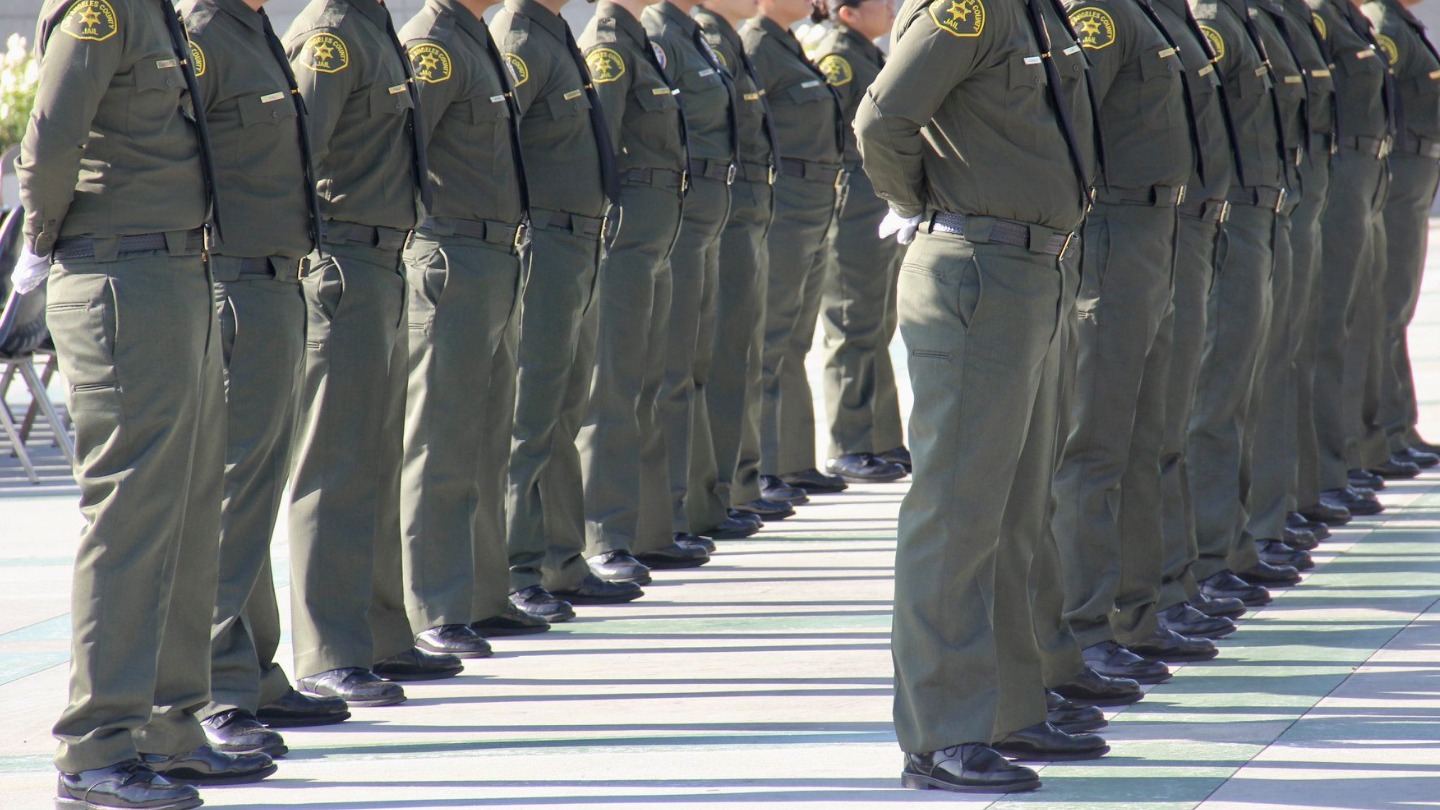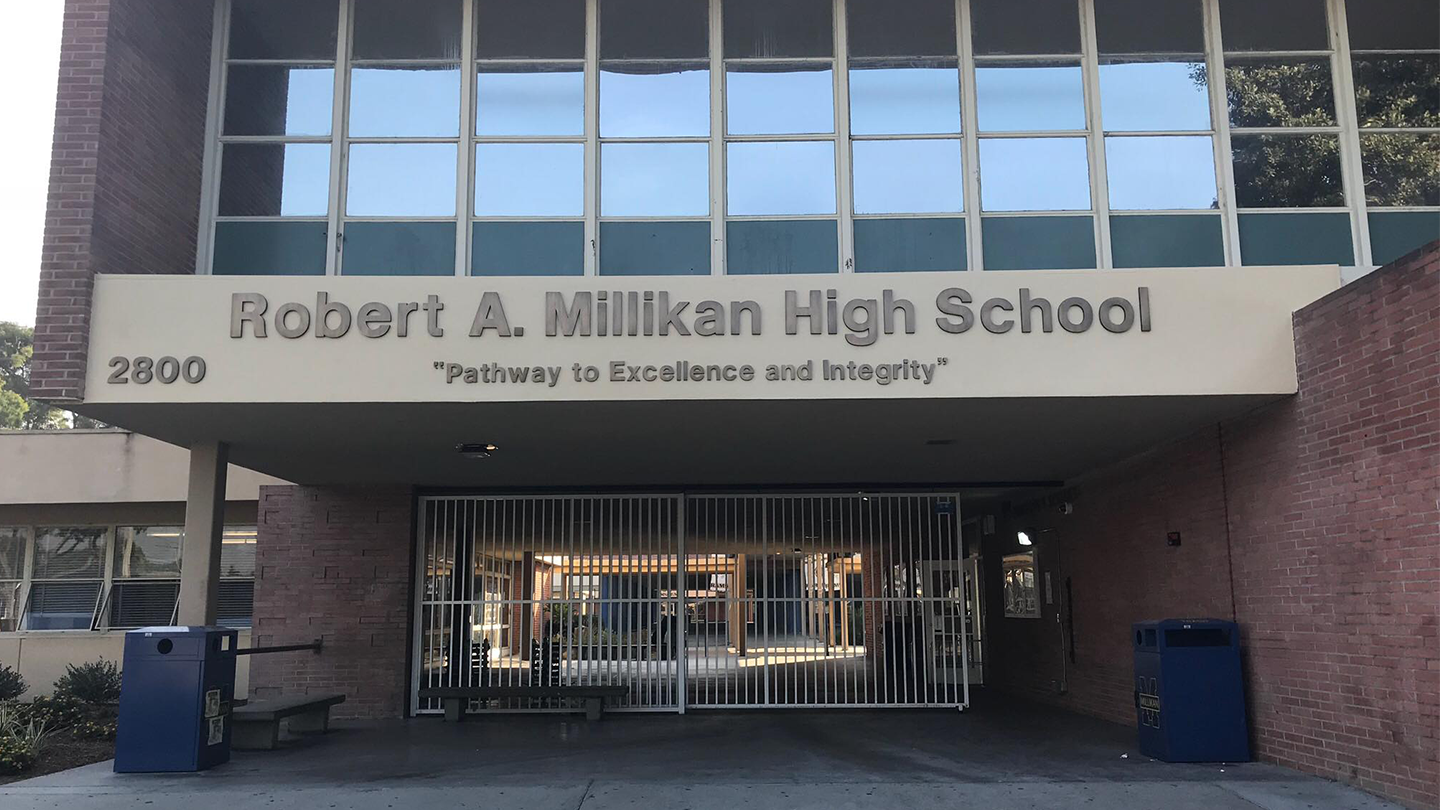“Spiders, primates, and dinosaurs – oh my!!!”
Is something that you might say if you checked out three of the marquee events that the Los Angeles Natural History Museum in Exposition Park is offering in its freshly announced fall programming.
The institution reopened this summer after an extended year-long COVID-19-prompted closure, and now, its leaning into its first robust fall offering for the first time since 2019. The lineup, which was announced on September 27, highlights some already-announced exhibitions, such as the immersive Jane Goodall exhibit launching in November, as well as classic staples like the La Brea Tar Pitt exhibits, and new offerings.
Exhibitions:
Rise Up LA: A Century of Votes for Women
- Closes on October 10, 2021
- Location: Natural History Museum – Exposition Park
- “This exhibition honors 100 years of passion and progress through personal narratives from the everyday women who shaped the suffrage movement,” read the NHM release on the exhibit. “Through photographs, protest ephemera (signs, buttons, banners and magazines), video and audio, Rise Up LA highlights the lives of women in Los Angeles County who, over the last 100 years, fought for women’s rights. “
Dinosaurs of Antarctica 3D
- Closes on October 31, 2021
- Location: Natural History Museum – Exposition Park – 3D Theater
- Showings: Daily, every 30 minutes, starting at 10 AM
- “Journey to a surreal and ancient realm of midnight suns, night hunters, and river monsters. Join in an Antarctic quest where scientists uncover a hidden dinosaur story millions of years in the making,” read the NHM release on the exhibit. “It’s a 3D adventure through time from today’s frozen desert to a lush world of giants.”
Discovery from the Deep
- Closes on November 29, 2021
- Location: Natural History Museum – Exposition Park
- “Discovery from the DeepThis temporary display contains an extremely rare female Pacific footballfish (Himantolophus sagamius, a type of anglerfish), which was discovered in May 2021 at Crystal Cove State Park in Newport Beach, CA. Typically found thousands of feet underwater, this fish now resides in NHMLAC’s Ichthyology Collection, and is one of only about 30 female specimens available for study in museum collections worldwide,” read the NHM release on the exhibit. “A traditional Japanese gyotaku (fish rubbing, or printing) of the specimen, created by artist Dwight Hwang accompanies the presentation.”
Spider Pavilion
- Closes on December 5, 2021
- Location: Natural History Museum – Exposition Park
- “This one-of-a-kind seasonal pavilion offers a rare glimpse into the secret life of spiders. Visitors can stroll through the open-air pavilion to see hundreds of orb weavers and their amazing webs,” read the NHM release on the exhibit. “The spider den offers the opportunity to peer into enclosed habitats that house different species, from tarantulas to jumping spiders. NHM’s Museum Educators will share exciting stories and serve as resources to answer all arachnid questions along the way. “
Discovering a Fossil Giant
- Closes in January 2022
- Location: Natural History Museum – Exposition Park
- “While dinosaurs dominated land during the Mesozoic Era, marine reptiles like this giant ichthyosaur—nicknamed Jim 2—ruled the sea. At 17 meters long, this specimen is actually the largest organism ever found from the Middle Triassic Period (242–244 million years ago),” read the NHM news release on the exhibit. “Excavated from the Nevada mountains and on display for the very first time, visitors can view the cone-shaped teeth and narrow snout of this ocean predator’s complete two meter skull up close and learn about its journey to the Museum. Tom and Bonda Young, founders of the Great Basin Brewing Co., helped fund the seven years of work it took to dig up Jim 2 and prepare it in NHM’s Dino Lab.”
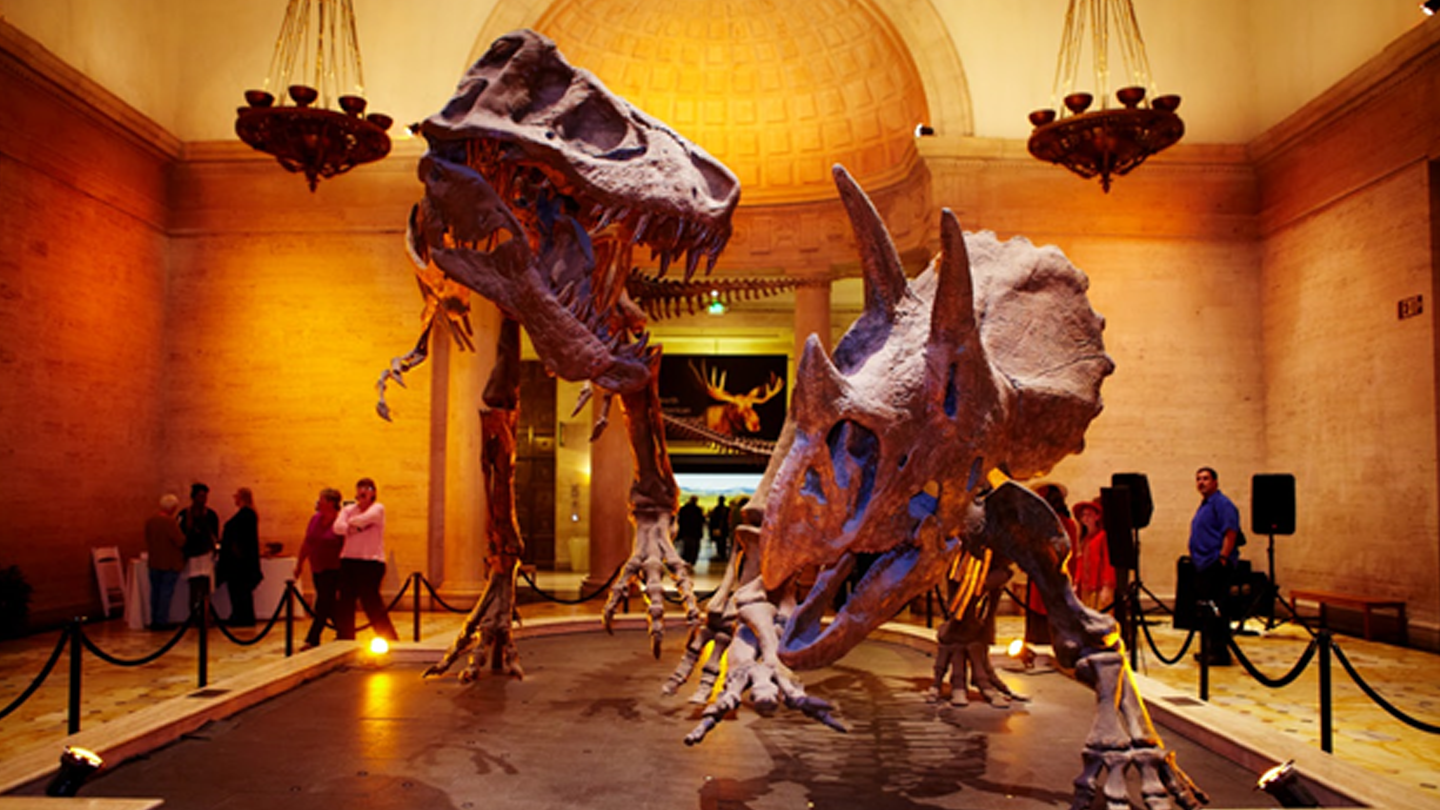
Spiky, Hairy, Shiny: Insects of L.A.
- Closes: April 1, 2022
- Location: Natural History Museum – Exposition Park
- “This exhibition features macrophotographs of insects and highlights NHMLAC’s groundbreaking Biodiversity Science: City and Nature (BioSCAN) research project, the world’s largest urban biodiversity study,” read the NHM release on the exhibit.
Mammoths and Mastodons
- Location: La Brea Tar Pits (Mid-Wilshire/Hancock Park)
- “Throughout the museum discover the stories of these creatures that once roamed Los Angeles. Get up close to La Brea’s real fossils and stand next to life-sized replicas that show what Ice Age mammoths and mastodons looked like in life. Take part in new interactive experiences that will give you a hands-on understanding of the science behind excavating and analyzing these fascinating creatures,” read the NHM release on the exhibit.
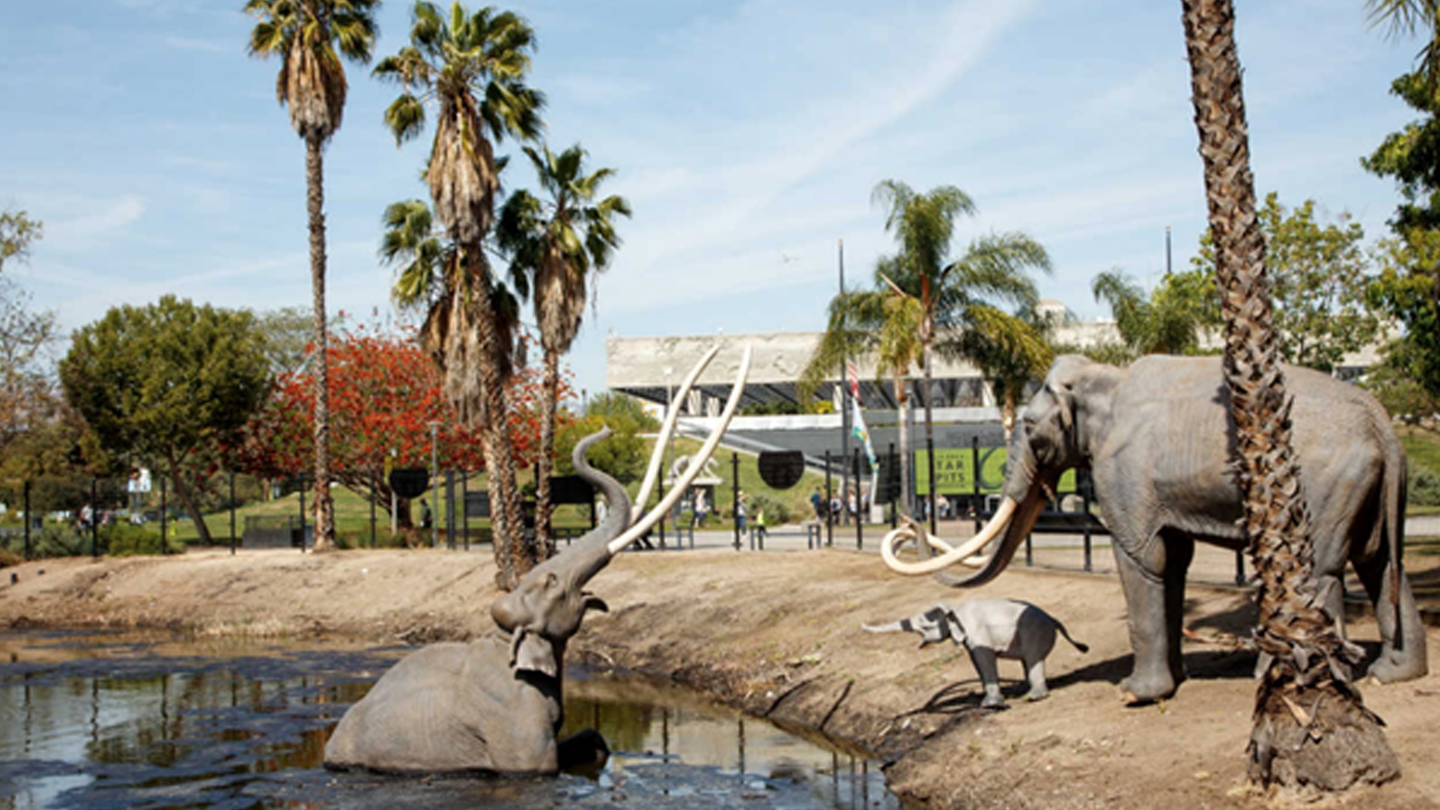
Titans of the Ice Age 3D
- Location:La Brea Tar Pits (Mid-Wilshire/Hancock Park)
- Daily screenings
- “Journey to a world lost in time, buried in ice, and ruled by giants. In this exciting 3D adventure, discover an icy world on the brink of extinction, where humans share the frozen tundra with majestic beasts,” read the NHM release on the exhibit. “Encounter some of the Earth’s most awe-inspiring mammals, from saber-toothed cats and dire wolves to giant sloths and the iconic mammoths that lived 10,000 years before modern civilization. See how these magnificent creatures became trapped in tar, preserved in time, and are being unearthed today.”
Brilliance: The Art and Science of Rare Jewels
- Opens on December 8, 2021
- Closes on February 20, 2022
- Location: Natural History Museum – Exposition Park
- “Brilliance: The Art and Science of Rare Jewels features over one hundred spectacular objects—necklaces, bracelets, rings, earrings, and unmounted gems—that will be on display alongside minerals from the museum’s collection. The exhibition explores how rare gems and minerals are used in a wide variety of fields, from jewelry design to scientific research in geology, chemistry, physics, and other disciplines.”
Becoming Jane: The Evolution of Dr. Jane Goodall
- Opens on November 7, 2021
- Closes on April 17, 2022
- Location: Natural History Museum – Exposition Park
- “The Natural History Museum of Los Angeles County (NHM) will present the West Coast debut of Becoming Jane: The Evolution of Dr. Jane Goodall. The exhibition, which is organized by National Geographic in partnership with the Jane Goodall Institute, will explore Dr. Goodall’s venerable career, surveying the primatologist’s work from her early field research in Gombe, Tanzania to her current community-centered work,” read the NHM release on the exhibit. The exhibition features experiential activities and immersive displays, including a replica of her research tent, and an immersive projection of Tanzania’s Gombe Stream National Park. Visitors will also have the opportunity to learn about her current role as a leader in community-centered conservation and youth empowerment with the Jane Goodall Institute. “
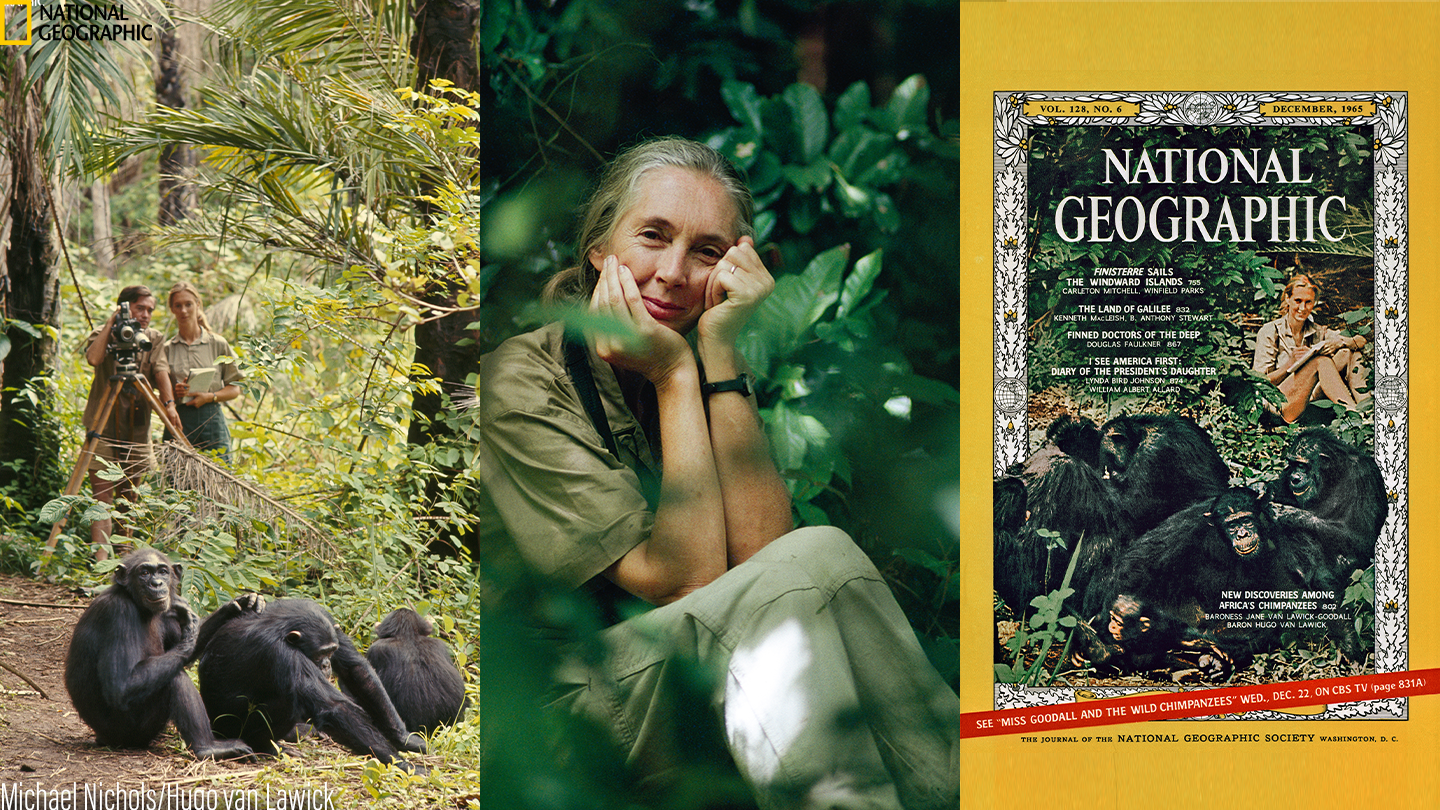
For more information on Natural History of Museums of Los Angeles County memberships, go to https://nhmlac.org/join-and-give/membership .

